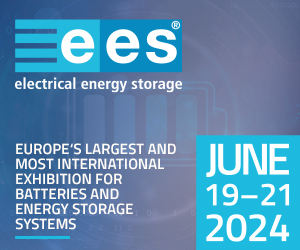How Can We Help?
About Geothermal Hot-Dry-Rock
Hot-Dry-Rock (HDR) is a type of geothermal power production that utilises the very high temperatures that can be found in rocks just a few kilometres below ground. This is done by pumping high pressure water down a borehole into the heat zone. The water travels through fractures in the rock, capturing the heat of the rock until it is forced out of a second borehole as very hot water, which is converted into electricity using either a steam turbine or a binary power plant system. All of the water, now cooled off, is injected back into the ground to heat up again.
Hot dry rock is the end point for a range of technology for mining heat from the earth that consists of:
natural geothermal systems, where there are already cracks or pore spaces filled with water hot enough to generate power;
systems where there are some cracks and connected pore spaces;
rocks where there are little to no cracks or connected pore spaces.
Enhanced Geothermal Systems
When natural cracks and pores will not allow for economic flow rates, the permeability can be ‘enhanced’ or stimulated by pumping cold water or water with acids and chemicals through the ground. These artificially created geothermal systems are called Enhanced Geothermal Systems, or EGS. There are HDR and EGS systems currently being developed and tested in France, Australia, Japan, the U.S. and Switzerland. The biggest HDR project is currently installed in Australia.
A 2006 report by MIT that took into account the use of Enhanced Geothermal Systems concluded that it would be affordable to generate 100 GWe (gigawatts of electricity) or more by 2050, just in the United States, for a maximum investment of 1 billion US dollars in research and development over 15 years.[1].
The MIT report calculated the world’s total EGS resources to be over 13,000 ZJ, of which over 200 ZJ would be extractable, with the potential to increase this to over 2,000 ZJ with technology improvements – sufficient to provide all the world’s energy needs for several millennia.
Earthquakes
The HDR project in Basel, Switzerland was suspended after causing an earthquake. On 8 December 2006, only 8 days after water injection started, a quake occurred measuring 3.4 on the Richter Scale with the epicentre at the bottom of the HDR borehole. The tremor prompted over 1000 calls to emergency services by local residents[1] [2], and caused minor structural damage to several buildings. Water injection was immediately stopped, but minor quakes continued. Further significant tremors were recorded on 6 January (measuring 3.1)[3] and 16 January 2007 (3.2).








